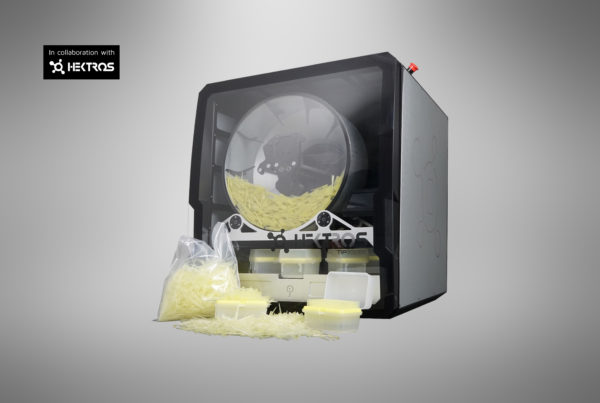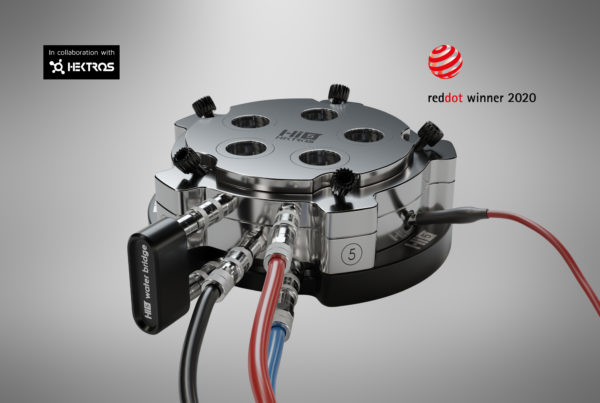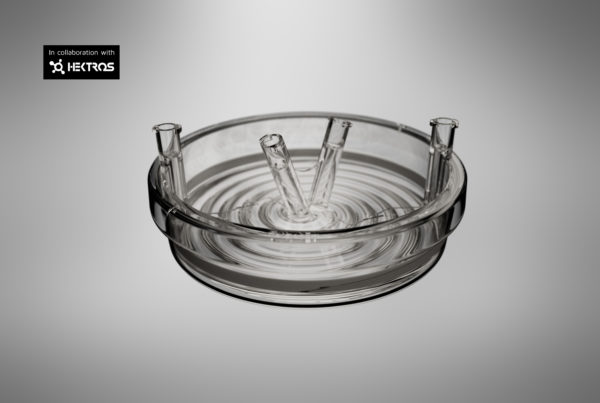Supercars are at the top of the food chain when it comes to cars. Their high-performance engines are state of the art. There’s also a Tratter part in the Porsche 992 and GT3 RS. Thanks to a series of connectors, Tratter ensures that fuel, air and coolant flow smoothly into the engine.
A Porsche engine produces up to 500 hp, and is capable of accelerating from 0 to 100 km/h in under 4 seconds. This performance makes the hearts of every motor fan beat faster, and gives the measure of the stresses to which every single part of a highly engineered engine is subjected. “In the past, metal parts were used on this type of engine because they were the only ones able to withstand certain stresses,” explains Patrick Zambaldi, head of the Porsche Connector project at Tratter. “Over time, many of them have been replaced by plastic elements”.
Plastic instead of metal
This development in materials obviously plays into the hands of a plastics specialist such as Tratter. “New plastics appear on the market every year. They guarantee ever-higher quality and increased resilience, but they are also cheaper, lighter and more malleable than metal parts,” explains Zambaldi.
Understanding what is meant by “malleable” is easy: you just have to look at the fibreglass-reinforced polyamide connectors resting on the table in front of him. They are small parts with folds and winds, of different thicknesses and surface structures and sophisticated systems that allow them to come together to create hermetic connections.
Small quantities, great challenges
Tratter developed 9 connectors of this type for Porsche’s 992 and GT3 RS models. They all serve to direct the flows inside the engine in the right direction, whether it’s air, coolant or fuel. And even though only small quantities of parts are produced by Tratter in-house – the maximum number is 24,000 per year – the project was very complex.
“Sure, the requirements set by Porsche are very high,” says Zambaldi. “They require a higher resistance to pressure than the ‘normal’ parts of the engine, and the parts are not easy to produce, due to the different dimensions required. Looking at 2D drawings makes your head spin with dimensions, parallelism, roughness and extremely low tolerances”, Zambaldi adds with a smile.
Deviations from the specified dimensions are tolerated only below five-hundredths of a millimetre, and higher demands are placed on the purity of the parts. “The parts have to be perfectly clean when they are packaged, which is a challenge for our logistics”. To be on the safe side, the finished sprayed parts are not ejected from the machine, but carefully removed by a robotic arm and safely stored. “In this way, we prevent damage and impurities.”
Not doable? For Tratter, that’s not an option
Of all parts, one connector of the series produced for Porsche in particular caused the developers many headaches. If you look closely, you will notice that nothing is straight here, nothing is parallel, nothing is simple.
“This part really put us to the test,” recalls Zambaldi, “but in the end, we did it, thanks to the professionals who work with us in the workshop”. This is the magic formula: everyone is committed to achieving maximum precision and quality, and everyone is oriented towards solving the problem. In addition, Tratter has invested in updating its measurement tools. “The parts are now measured completely automatically and quality control is automated.”
This is particularly important in the management of high-quality projects such as Porsche connectors. After all, nobody can afford even the slightest mistake when an engine is designed to carry a vehicle worth over €150,000 to over 300 km/h. These are utopian figures for Patrick Zambaldi, who unfortunately cannot hear “his” connectors while driving.








